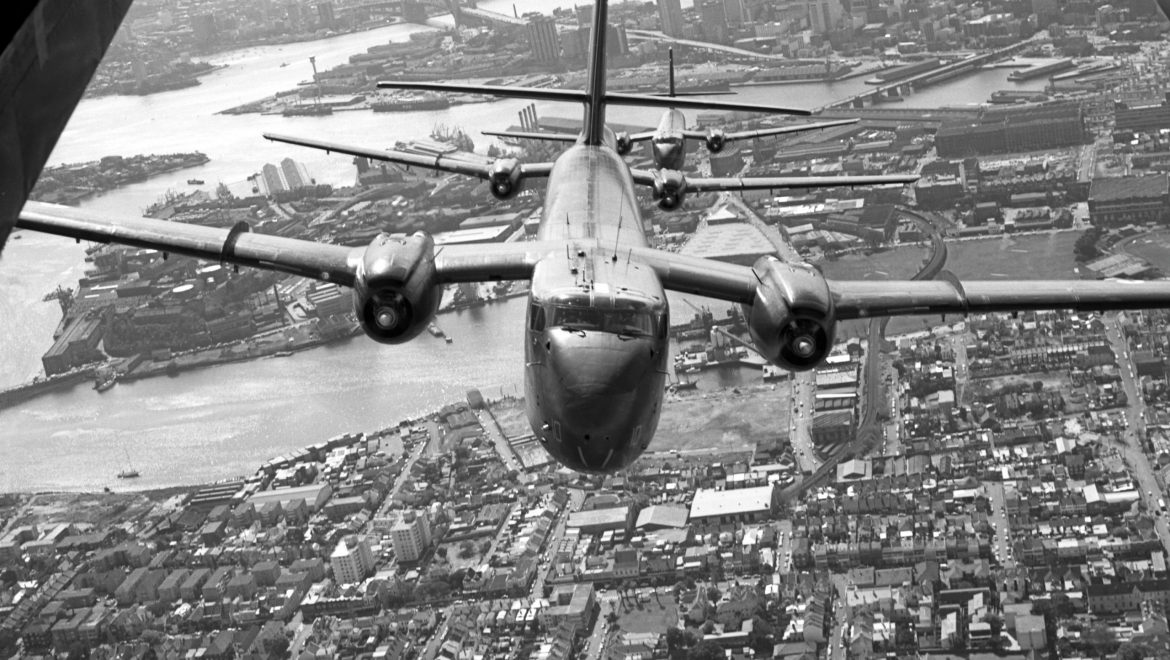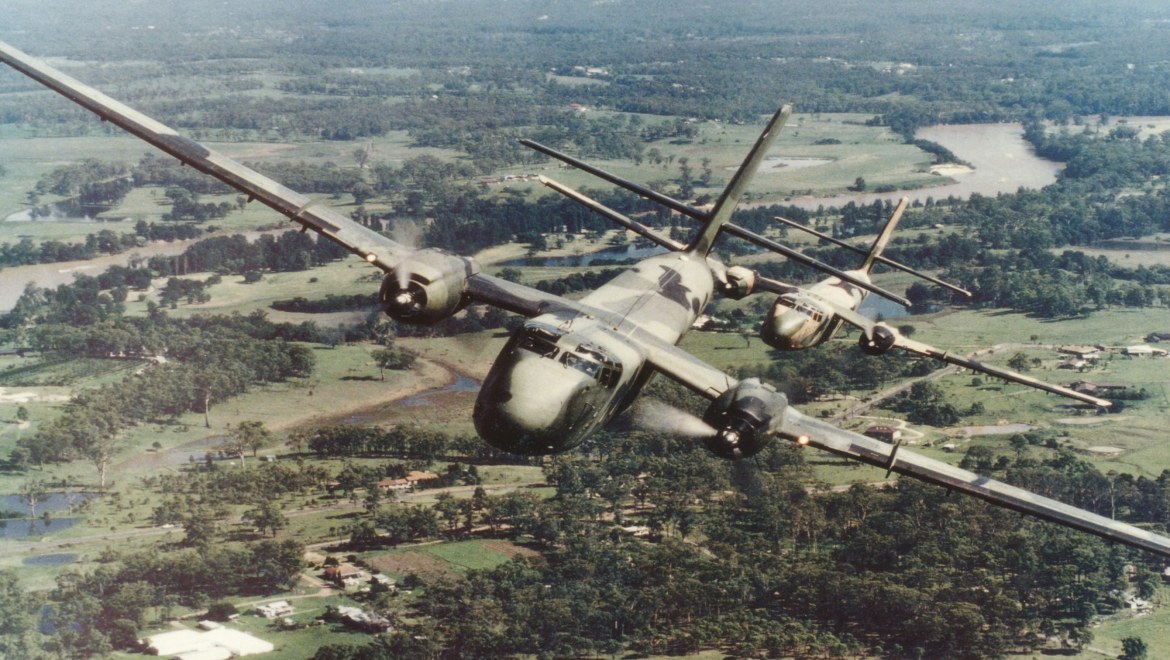For all our aviation’s technical achievements over the years, sometimes the best aircraft succeed through minimalist design that triumphs in complicated situations. Take the Caribou. It was built in Canada by Hawker de Havilland but squarely focused on being able to land on rough dirt runways right near the battlefield. It may not be glamorous, but it was often a vital tool to resupply troops and evacuate the injured when help was required at breakneck speed.
Chief of Air Force Air Marshal Mel Hupfeld told Australian Aviation in 2020 he was a fan.
“From 1958 to 1973 the Air Force acquired new maritime patrol aircraft, fighters, heavy airlift capability, battlefield helicopters and new strike platforms,” he explained. “In contrast to these new aircraft with their modern avionics and sensor systems, the Caribou with its 1930s era engine design, basic avionics and unpowered flight controls seemed something of an anachronism. Yet for all of its simplicity, the rugged design and STOL capability of the Caribou meant it was ideal for operations in remote regions within Australia and across the Asia-Pacific region.”
RAAF ordered its first Caribou in 1963 to replace the existing Dakotas, with a total of 29 acquired over the years. The aircraft could carry 32 armed troops, 22 stretcher cases or two Land Rovers or up to 4 tonnes of supplies. Its handy large rear access ramp made it easy to be opened in flight to allow paratroopers to jump out or cargo to be dropped. It saw service in Vietnam when three landed at Vūng Tàu on Vietnam’s east coast in 1964.
HARS founder Bob De La Hunty explains how the Caribou was often used in tandem with the C-47s. “It was found that there were things that the Dakota could do better, and other things the Caribou could do better,” he tells Australian Aviation.
If you want to see one yourself, HARS, incidentally, has two. A4-210 and A4-234 both served in Vietnam but the latter was the very last RAAF aircraft out of the country, flying home to Australia in February 1972. It’s a testament to that clarity of design that both HARS aircraft only retired in 2009, having clocked an eye-popping 19,000 flight hours – and also a testament to that design that both remain airworthy and in excellent condition.














































[email protected]
says:I would often see Caribou’s flying over our home in the Northern Suburbs of Townsville, on their way to Rattlesnake Island and or the High range Training area.
Upon the announcement of their retirement from service, there were many Caribou flights over our home which demonstrated the handling abilities of these aircraft.
One can only speculate the enjoyment of the flight crew operating these “retirement flights” exploring the athletic abilities of the aircraft.
Very sad to see them retired.